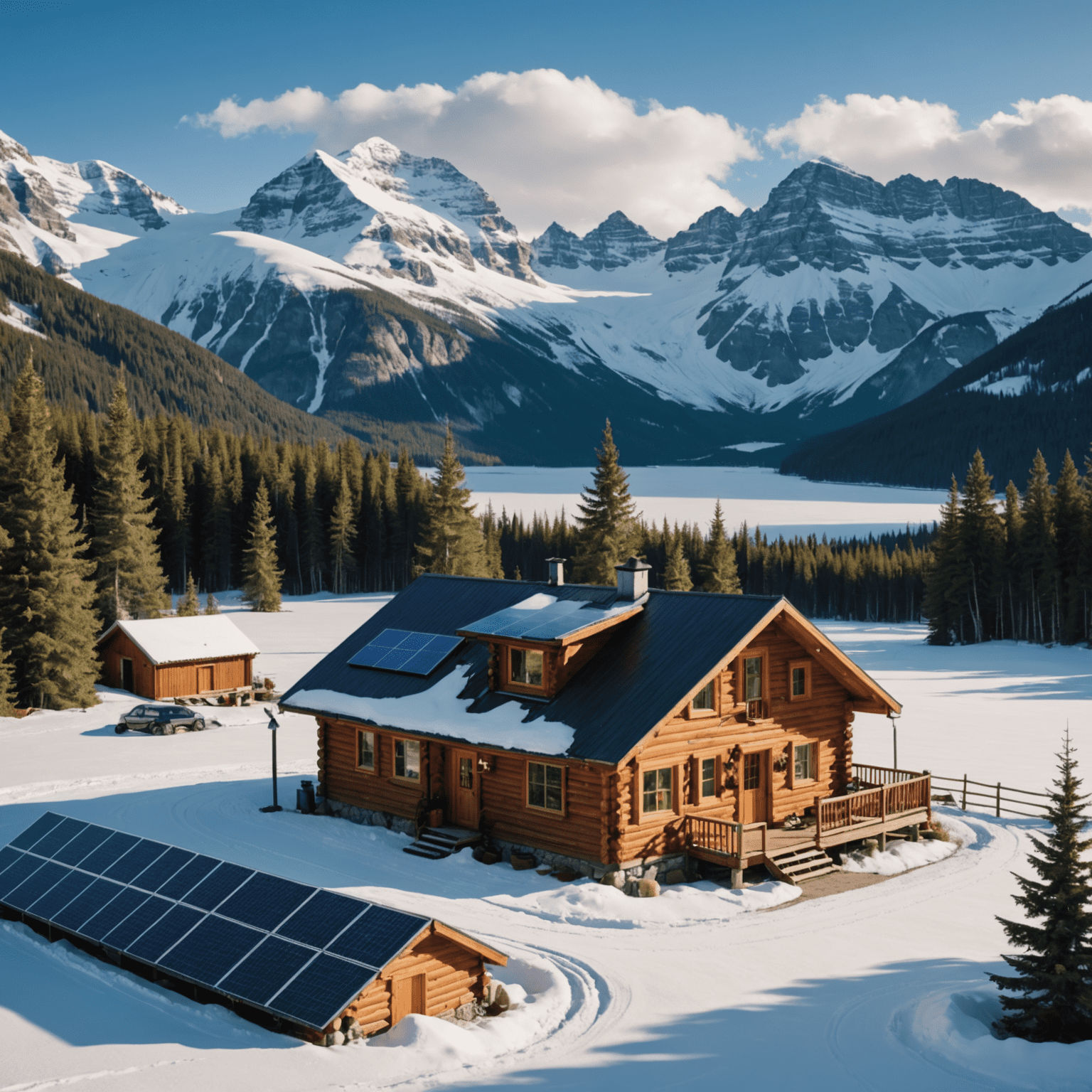Going Off-Grid: Is It Feasible in Canada?

As the world shifts towards sustainable living, many Canadians are considering the bold move of going off-grid. But is it truly feasible to create a fully self-sufficient solar-powered home in the challenging Canadian climate? Let's explore the possibilities and hurdles of this eco-friendly lifestyle.
The Promise of Solar Power in Canada
Despite its reputation for long, dark winters, Canada actually has significant solar potential. Many regions, especially in the southern parts of the country, receive ample sunlight to make residential solar a viable option. Here's why solar power can work in Canada:
- Long summer days compensate for shorter winter days
- Cold temperatures can actually improve solar panel efficiency
- Advances in solar technology have increased panel performance in low-light conditions
Challenges of Off-Grid Living in Canada
While going off-grid is possible, it comes with its own set of challenges:
- Seasonal Variations: Shorter winter days mean less solar energy production when heating needs are highest.
- Battery Storage: Significant battery capacity is needed to store energy for use during low-production periods.
- Backup Systems: A secondary power source, such as a generator, may be necessary for extended periods of low sunlight.
- Initial Costs: The upfront investment for a comprehensive off-grid system can be substantial.
Making Off-Grid Living Work in Canada
Despite the challenges, many Canadians are successfully living off-grid. Here are some strategies they employ:
- Combining solar with other renewable sources like wind or micro-hydro
- Implementing extreme energy efficiency measures
- Using passive solar design principles in home construction
- Adapting lifestyle to energy availability (e.g., doing laundry on sunny days)
Case Study: The Thompson Family's Off-Grid Journey
The Thompsons, a family of four in rural British Columbia, have been living off-grid for five years. Their system includes:
- 20 kW solar array
- 48 kWh lithium-ion battery bank
- 5 kW wind turbine
- Propane generator for backup
"It was a learning curve," says Sarah Thompson, "but now we can't imagine living any other way. We feel more connected to nature and our energy use."
The Future of Off-Grid Living in Canada
As technology improves and costs decrease, off-grid living is becoming increasingly feasible in Canada. Government incentives for renewable energy and a growing awareness of environmental issues are also driving interest in this lifestyle.
While it may not be for everyone, those willing to invest time, money, and effort can indeed create a fully self-sufficient solar-powered home in Canada. It's not just about independence from the grid; it's about fostering a deeper connection with our environment and taking concrete steps towards a sustainable future.
"Going off-grid in Canada isn't just a personal choice; it's a testament to human ingenuity and our ability to harmonize with nature's rhythms."
As we continue to innovate and adapt, the dream of widespread off-grid living in Canada moves closer to reality. It's an exciting frontier in the world of residential solar and sustainable living, proving that with determination and the right technology, we can overcome even the most challenging climates.